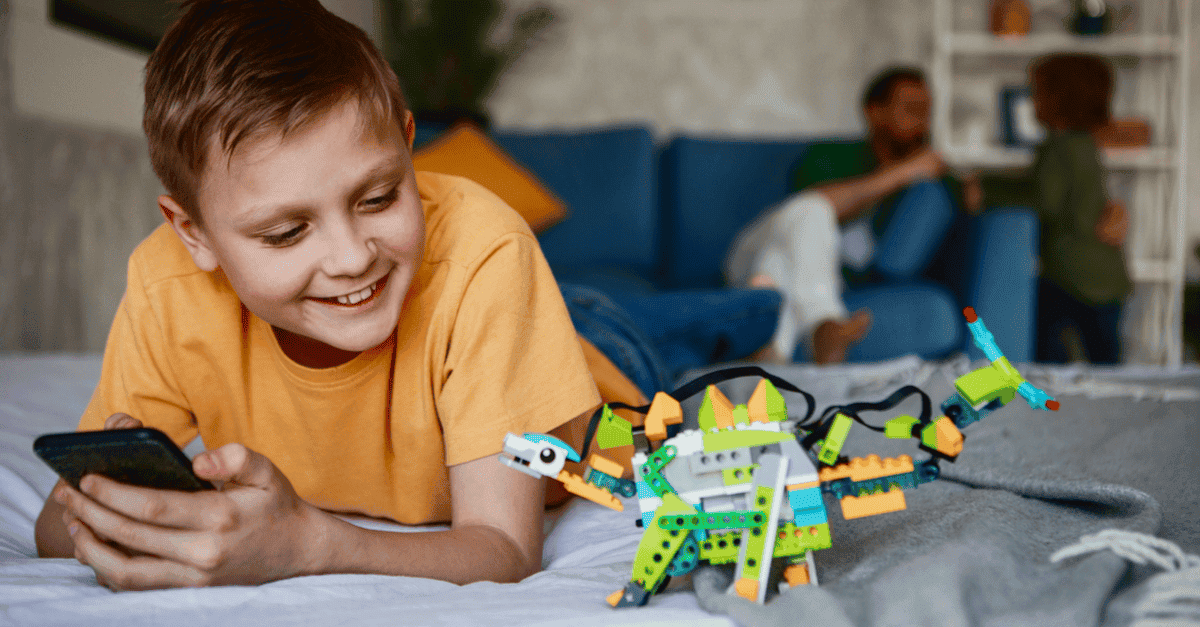With the global sales of smart toys expected to grow from 3.87 billion to 5.41 billion by 2024, it’s safe to say that smart toys are here to stay. Some are strictly for entertainment purposes while others have an educational element as well and can be a great tool for teaching children various skills through their interactive features.
All smart toys have a common feature, though – they are all connected to the internet. This is usually beneficial but in recent times there have been instances of unintended consequences.
Thinking about your child’s digital data
Anne Longfield, the Children’s Commissioner for England recently published a report warning parents that information about their children is being collected on a large scale. Not only are social media companies building profiles of children as they grow, but toy companies are also collecting their personal information and preferences.
The report describes how this vast amount of information could impact a child’s future prospects such as admission to university, and health benefits.
Making the most of smart toys safely
In order to fully reap the benefits of smart toys whilst keeping children safe, it is important to consider the different aspects of the toys. Below are some of our suggestions:
4 things to consider when buying a smart toy
If you are planning to buy a smart toy that can connect via Bluetooth, Wi-Fi or a mobile app, here are a couple of things to think about to keep children safe.
-
How does the toy interact with your child and other devices?
Make sure you understand what key things your child can do with the toy and if it can connect to any other devices, for example, can it send messages to a phone or connect to a smart TV?
Questions to ask
- Is there a chat function that allows children to communicate with others?
- Are there apps that can be used with the toy which may contain ads and in-app purchases?
- Does the toy require information about your child’s location?
- Where is the interactive data stored and processed?
- Are there any add-ons to purchase to get the best experience?
- Is there a digital version of the toy that does the same thing which would save on cost?
-
Does the toy require your child’s personal information?
Some toys ask for your child’s name, their age and a parent email address to work. To ensure your child privacy and data are kept safe make sure the toy company is reputable and check out their data privacy policy so you are aware of what their procedure is, in the event of a hack on their systems.
Things to do
- Read reviews about the toy and see if there have been any other concerns raised
- Put the minimal amount of information about your child required
- Read the terms and condition and privacy policies
-
Are there have any features such as a camera that might put a child at risk?
Carry out a series of checks before buying a toy with such features as they may be vulnerable to hackers such as a camera or built-in microphone that connects to the internet. Be clear on how the toy can be played with to ensure it doesn’t encourage them to put themselves at risk, for example, Pokémon GO and road safety.
Weigh up whether these features are worthwhile having to help your child have the best experience. If you do decide to buy it, make sure to switch these off when not in use and only enter minimal personal information if required to reduce risk to your child’s privacy and security.
-
Is there a monthly subscription to access new content with the toy?
Some smart toys may feature an additional subscription service to access new content to help children get the most out of the toys.
If you choose to opt-in make sure to read the terms and conditions on cancelling the subscription as you do not want to be paying monthly charges when your child is no longer playing with the toy. Also, assess other costs like the requirement to buy batteries.





